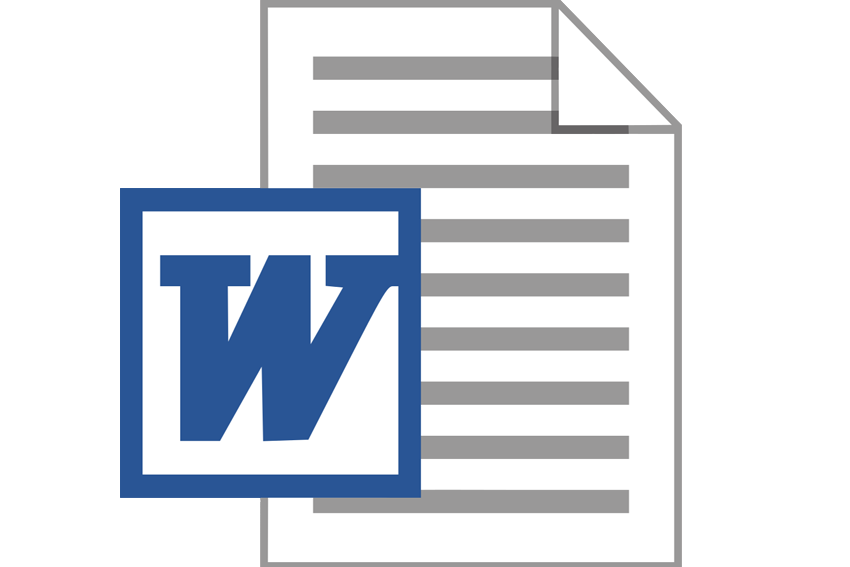Use the information to calculate the contribution per person, and hence the net profit which would be generated from tours where e

 Use the information to calculate the contribution per person, and hence the net profit which would be generated from tours where either 10 or 15 or 20 tickets were sold.
Use the information to calculate the contribution per person, and hence the net profit which would be generated from tours where either 10 or 15 or 20 tickets were sold.